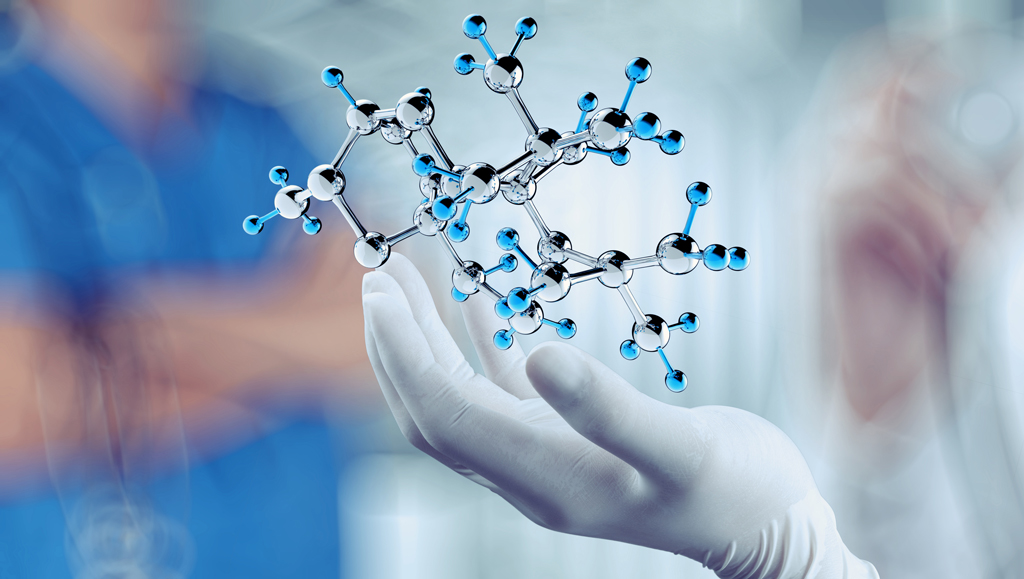The use of low levels of visible or near infrared light for reducing pain, inflammation and edema, promoting healing of wounds, deeper tissues and nerves, and preventing tissue damage has been known for fifty years since the invention of lasers. In fact, light therapy is one of the oldest therapeutic methods used by humans (historically as solar therapy by Egyptians, later as UV therapy for which Nils Finsen won the Nobel prize in 1904). The use of lasers and LEDs as light sources was the next step in the technological development of light therapy, which is now applied to many thousands of people worldwide each day.
In recent years, much knowledge has been gained in the molecular, cellular, and tissular mechanisms of PBM or LLLT.

Mechanisms of Photobiomodulation (PBM) or Low level Light Therapy (LLLT): Two hypotheses
– One of the most important chromophores is cytochrome c oxidase (unit IV in the mitochondrial respiratory chain), which contains both heme and copper centers and absorbs light into the near-infrared region. The leading hypothesis is that the photons dissociate inhibitory Nitric Oxide (NO) from the enzyme, leading to an increase in electron transport, mitochondrial membrane potential, and Adenosine Triphosphate (ATP) production.
– The light-sensitive ion channels that can be activated allowing calcium (Ca2+) to enter the cell. After the initial photon absorption events, numerous signaling pathways are activated via reactive oxygen species, cyclic AMP, NO, and Ca2+, leading to activation of transcription factors. These transcription factors can lead to increased expression of genes related to protein synthesis, cell migration and proliferation, anti-inflammatory signaling, anti-apoptotic proteins, and antioxidant enzymes.
Stem cells and progenitor cells appear to be particularly susceptible to LLLT.
[Proposed Mechanisms of Photobiomodulation or Low-Level Light Therapy, Lucas Freitas de Freitas and Michael R Hamblin, IEEE JOURNAL OF SELECTED TOPICS IN QUANTUM ELECTRONICS, VOL. 22, NO. 3, MAY/JUNE 2016]





